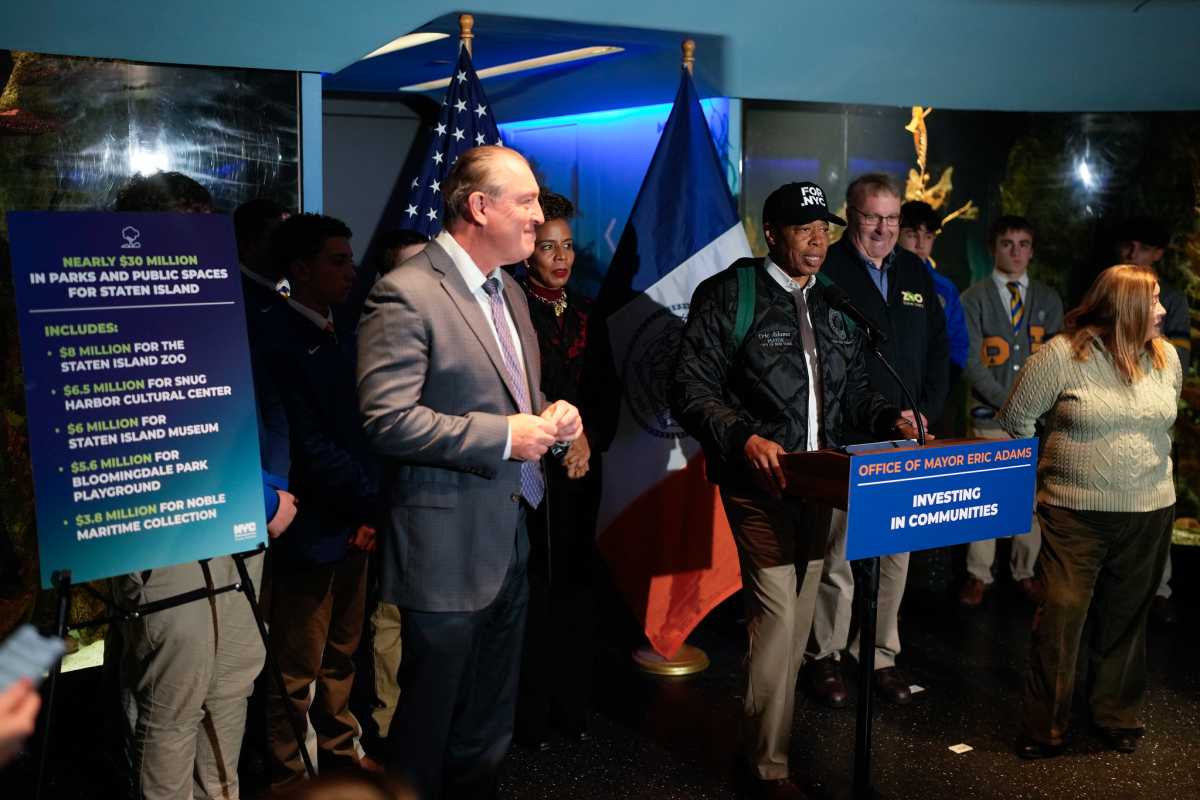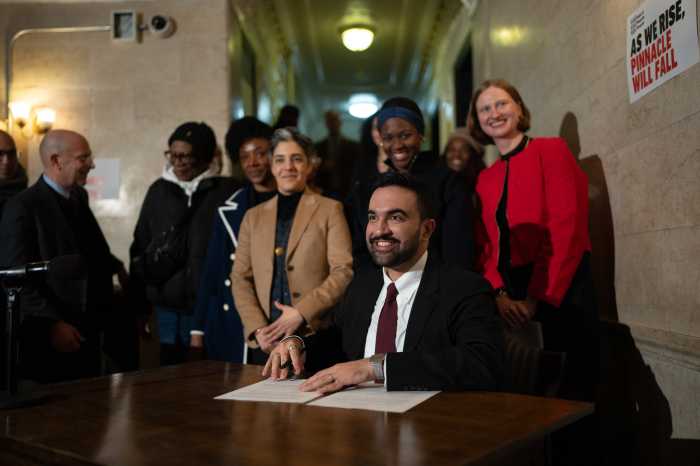QUEENS DISTRICT ATTORNEY RICHARD A. BROWN
Last week my office announced that a Queens grand jury had indicted Jose Martinez for raping and murdering a 23-year-old Astoria woman in 2009. Martinez was indicted as a result of a DNA cold hit following a 2012 reckless endangerment conviction for which he was required to provide a DNA sample. That sample is alleged to have matched blood and semen found on the murder victim. Once again, DNA collected for a relatively low-level, nonviolent offense proved to be one of the most powerful tools ever developed to solve cold cases and prevent other crimes.
Since New York’s DNA data bank was created 17 years ago, it has significantly enhanced criminal justice in the state. Yet, as effective as the data bank proved during the early years in solving cold cases, I was convinced that we could do more. For instance, until 2012, DNA samples were being collected from only 48 percent of all those convicted of crimes in New York – meaning that more than half of all people proven guilty and convicted of crimes were still leaving our courts without being required to provide a DNA sample. This made no sense since experience taught that the few times the DNA data bank had been expanded by legislation, thousands more cold cases were solved and countless crimes surely had been prevented. Even when, in 2006, just 35 misdemeanors were added to the list of crimes for which DNA could be collected, DNA leads were generated in more than 3,000 serious cold felony cases.
With this is mind, representatives of my office, along with crime victims and their families and others, met with elected officials in Albany last year to explain the need for more expansive DNA collection. Experience showed that many criminals went on to commit more violent crimes and that between these violent crimes, there were often brief moments these criminals could be stopped when they came in contact with the criminal justice system for low-level offenses. By obtaining DNA samples for those low-level convictions, DNA could be used to identify the perpetrators of cold cases before they went on to commit more violent acts. And more importantly, by bringing these violent criminals to justice more quickly, we could bring an end to the fear and some of the pain in which their victims live.
Our elected officials listened and enacted historic legislation last year that expanded DNA collection to essentially all criminal convictions, and as last week’s indictment of Jose Martinez for rape and murder shows, nothing offers a surer way to identify a perpetrator in a cold case than DNA.
RECOMMENDED STORIES



































